You may have seen our response last month to the long-awaited federal single-use plastics ban announcement and thought to yourself – that seems harsh even for you, Greenpeace. Isn’t a ban what we wanted!? I so wanted to be excited too, but trust me, the buzzkill is warranted.
When you dig into the government’s proposed “integrated management plan for plastics” it’s like they forgot what the point of the exercise actually is – to stop plastic pollution and achieve zero plastic waste. So we’re digging into why this plan won’t achieve that, and are inviting Canadians to help push for a plan that will!
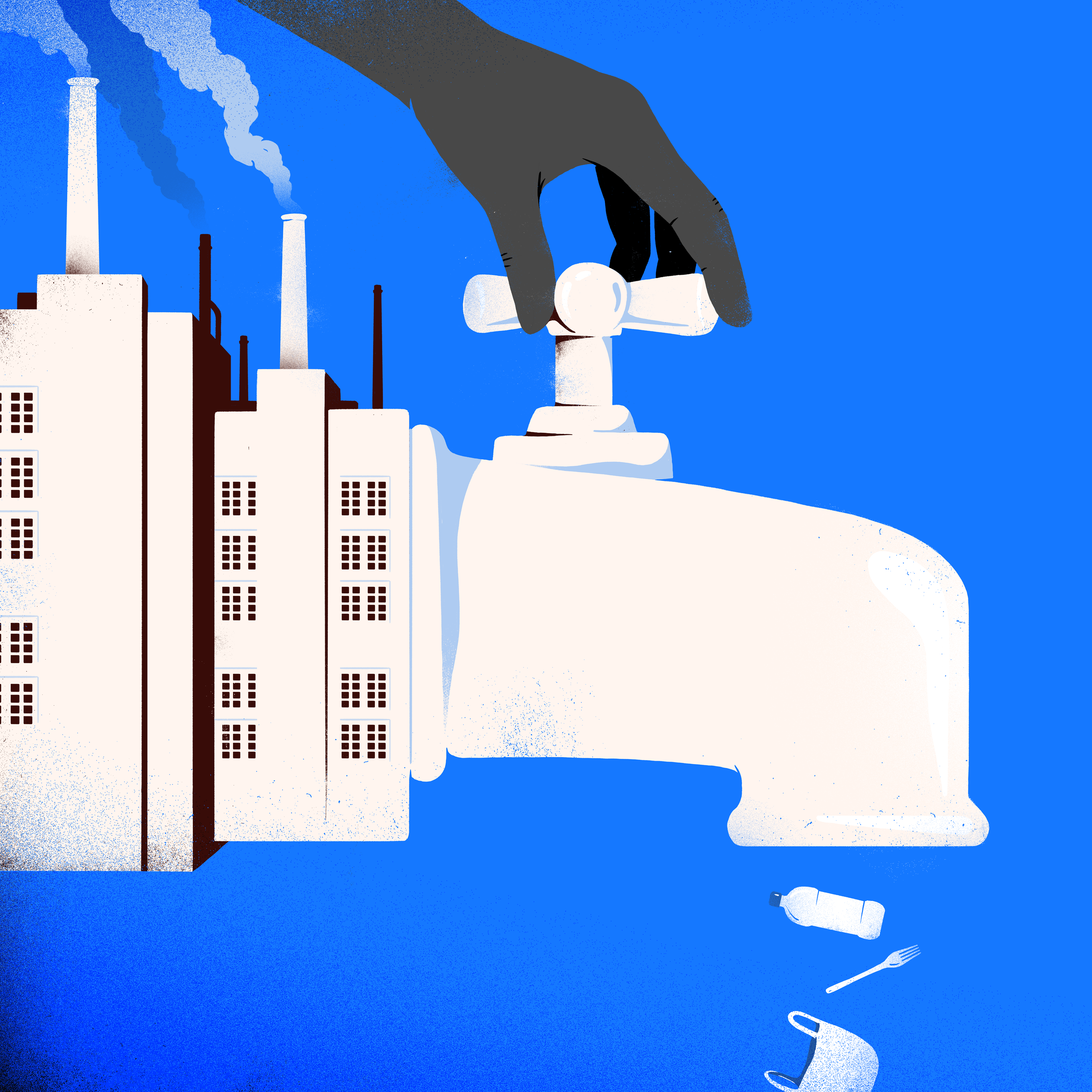
In the discussion paper that lays out the government’s approach, the overarching objectives are outlined. The new proposed plan seeks to:
- eliminate certain sources of plastic pollution
- strengthen domestic end-markets for recycled plastics
- improve the value recovery of plastic products and packaging
- support innovation and the scaling up of new technologies
The word certain in the first bullet starts to reveal a narrowing of scope early on. The remaining bullets are focused on once the plastic is already waste, which doesn’t bode well for our desired focus on stopping plastic pollution at the source. But let’s keep going.
The environmental objectives of the proposed management framework specifically for single-use plastics are to:
- eliminate or significantly reduce single-use plastics entering Canada’s environment
- reduce the environmental impact of plastic products overall
- conserve material resources by increasing the value recovery of plastics
Ok, numbers 1 and 2 make sense, and even #3 I can get into as an interim strategy on our way to a plastic-free future, but as one reads on its clear that this isn’t a step on a path, this is the destination.
The government proposes a three-pronged approach to achieve its objectives: managing single-use plastics; establishing performance standards (for plastic); and ensuring end-of-life responsibility. But it’s really more like a two-pronged approach: ban a handful of SUPs that are deemed to be problematic for the environment and recovery efforts(ie collection and recycling), and improve the collection, recyclability and recycled content of everything else.
The government notes that regulatory and non-regulatory actions and instruments will be employed across various levels of government. Regulatory = bans, non-regulatory = incentives, guidelines. Other than the items to be banned, there isn’t much clarity or specificity on any of the actions or instruments. While both regulatory and non-regulatory approaches can be useful, with where we are in our plastic journey, or rather nightmare, we know we need bold legislated action to begin to wean our country off harmful plastics.
And there you have it. In just two sentences, the true failure of this plan is revealed. Source in this statement doesn’t mean production, it means waste. And its aim is a circular economy for plastics, not a circular economy in general. It’s not just about the word choice, it’s about intention. The government has made it crystal clear that its intention is to double down on recycling, while banning a short list of single-use plastics, and not to prioritize reduction or reuse.
Where does the plan go wrong?
Listing ‘plastic manufactured items’ on the Toxic Substances list under the Canadian Environmental Protection Act (CEPA) is a welcomed, necessary and important step towards regulating plastics. Other than that, the plan is not only woefully inadequate to tackle a growing convergence of environmental crises, but it is actually just inherently flawed.
When we look at the zero waste hierarchy, the government is considering the Rs only through the lens of keeping plastic packaging (and related bio-based alternatives) as a mainstay in the various relevant goods and service sectors. It is not taking a complete step back to consider the root causes of our plastic waste and pollution crisis, which many of us know by now is our linear take-make-waste economy and our throwaway culture.
Overall, there are 5 glaring omissions from the plan.
1. Reduction targets. The plan does not set overall reduction targets on plastic production, sale, distribution and consumption of problematic plastics. As a fossil fuel byproduct, we need to cut our reliance on plastic for non-essential applications. Tackling the climate, pollution and biodiversity crises require it. The bulk of the plastic we use is not essential. There is a whole category of plastic packaging and single-use items that we know usually end up as waste in landfills or incinerators despite recyclability claims, that regularly pollute, that are toxic and destructive to wildlife and potentially to humans, and that have or could have alternatives. The plan lists most of them, but only proposes to reduce that massive category by 6 items (6-pack rings, straws, cutlery, stir sticks, plastic check out bags, food takeout containers made of black plastic and styrofoam).
The only sure way to prevent a substance from creating waste and pollution is to not produce it in the first place. There is no indication that the government plans to reduce plastic production by any amount over any time period. The only target set in the entire plan is to require 50% recycled content in plastic by 2030. A target that at best reduces virgin resin input, but if plastic production continues to rise, even that’s a long shot.
2. A comprehensive ban list. The current list of only 6 single-use plastics doesn’t even begin to scratch the surface of the 47% of plastic waste Canada generates each year that consists of single-use plastics and packaging. The plan outlines a long list of plastic products that have been flagged as environmentally or value-recovery problematic, but failed to meet the ban criteria.
A meaningful ban that aims to prevent a problematic and toxic substance from entering and threatening the environment and humans, must include all substances that pose a risk. We know that cups and lids, bottles, multilayered packaging, cigarette filters, PVC, bioplastics, and many more types of plastic should no longer be produced. A list should evolve but the initial one must cover enough problem plastics to match the scale of the waste and pollution crisis at hand.
3. Reuse targets and investment. The words reuse and reusables were only found twice each in the entire plan, and only once in reference to a reuse system, as opposed to simply reusing plastic. No objectives were set to spur a shift to reuse systems, and no clear investment is being made for such transitions. The plan notes that an instrument that could be used to provide incentives to encourage reusable products and systems, which sounds promising, but the complete lack of information about what that could look like does not instill confidence. If the government is intent on promoting a circular economy, then it must invest in and incentivize one that is actually zero waste, centres reuse/refill/unpackaged, is low carbon and relies on materials that can contribute to a regenerative system without causing environmental or human harm. The concept of reuse in the government’s proposed “circular economy” does not achieve any of those things.
4. A ban on plastic recycling/waste exports. Offloading our plastic waste problem on the Global South is deplorable. It also demonstrates the lack of capacity of our domestic recycling market to deal with the glut of plastic waste. Plastic exported for recycling still often ends up as waste, burned or sent to landfill, overseas. From the Philippines to Malaysia, the Canadian government has been on the radar as a country that uses other countries as a trash can. If Canada can’t process all of our plastic waste, then that’s even more reason to be reducing the quantity produced.
5. Subsidizing a transition, not petrochemical and plastic production. The plan talks about investment in innovation and new technologies, but it’s pretty clear that what they mean is new ways to make and recycling plastic. While the plan does not outright reveal the flow of cash going to the petrochemical and plastic industry for production, millions of dollars of public funds have been propping up the industry even since the government first announced its intent to tackle the plastic problem in 2017. With the climate crisis and the federal government’s conservation and climate goals, it’s time that the government invest in the green and just transition for petrochem-plastic-oil workers towards systems that are low carbon, zero waste, and truly circular.

Why focusing on recycling won’t work…….still
Why are we so down on recycling? It’s not the concept of recycling that we’re opposed to, it’s relying on it to solve the waste and pollution problems associated with plastic specifically.
Over the past couple of years, we’ve heard over and over that Canada currently recycles less than 9% of our plastic waste. Despite industry rhetoric that every plastic type under the sun can be recycled, the reality is that most of it isn’t. The discussion paper actually identifies some of the key reasons why recycling has failed to date, including failure to compete with the cost of virgin resin (oil and gas byproducts that are made into plastic); weak end markets for recycled plastics; low collection rates (only 25% are collected!!!); contamination; infrastructure deficiencies; insufficient recycling capacity; among others. That’s a lot of hurdles to jump over to reach a collection and recycling rate that starts to begin to approach zero waste and pollution, especially given the current rate of production and proposed increase by industry.
The reality is that plastic is a material that was never going to be kept in a recycling loop. It can only be recycled so many times before it is downcycled (think park benches) or becomes waste. When assessing the single-use plastics to be banned, the government determined that not all SUPs assessed fail the ‘Value Recovery’ criterion, meaning that they expect that with improvements in the type of plastic or in collection rates, that all will be swell. But even the theoretically most recycled items, like bottles, are still among the most commonly found polluting plastics, and if even 1% ends up in landfills or the environment, 1% of 2 billion bottles (the number Canadians consume in a year) produced still means 20million bottles contributing to the waste and pollution crisis.

In the press conference that was held to announce the plan, Minister Wilkinson said it himself that the banned items represent a small proportion of the overall plastic we use. The admission was a clear signal that the government was more concerned about industry’s reaction than the impact of the plan. It’s time the government leads in reframing the conversation by acknowledging that plastic IS a problem, that it IS toxic and that we CAN move away from our reliance on single-use plastics and disposables in favour of reuse solutions.
Every bit of plastic in our environment, in our ocean and waterways, will stay there long after we actually turn off the tap. The microplastics and related chemicals in our bodies will continue to accumulate. We cannot afford to wait any longer.
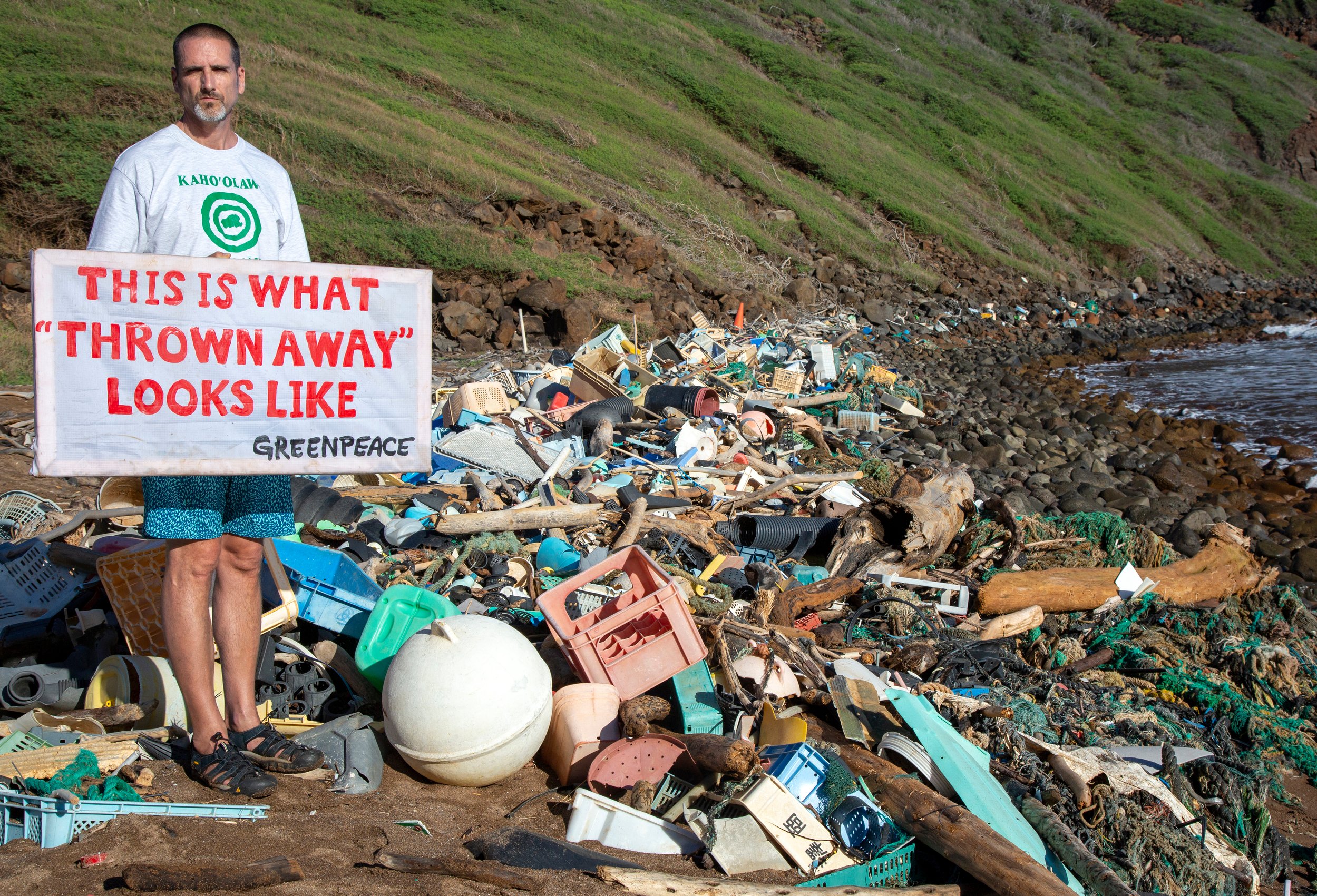
Why we urgently need to rethink this plan
The public consultation on this approach closes December 9th. Thousands of Canadians have been calling for a strong single-use plastic ban and bold action, and it’s thanks to all of you and the various organizations pushing for real change that the government took this initial step. It’s a moment to be proud of how we’ve shaped the conversation! But now is the moment to make our voices louder to ensure the government doesn’t waste its time on false solutions, and entrench us deeper in the plastic-pocalypse.
If you haven’t already, send an email to Minister Wilkinson urging him to strengthen the plan for a meaningful outcome for our wildlife, ecosystems, communities, and us. If you have already sent an email and want to do more, consider sending an email from your personal account to ensure the government hears our message loud and clear. Some suggested points to make are:
- overall reduction targets
- invest in a transition to sector-wide reuse systems
- expand the ban list to include all problem plastics
- ban plastic recycling/waste exports
- stop funding the petrochemical-plastic expansion
Send your email to the Director of the Plastics and Marine Litter Division of Environment and Climate Change Canada by December 9th, 2020 to this address: [email protected]
Thanks for everything you do to help us break free from plastic and push for a green and just future!

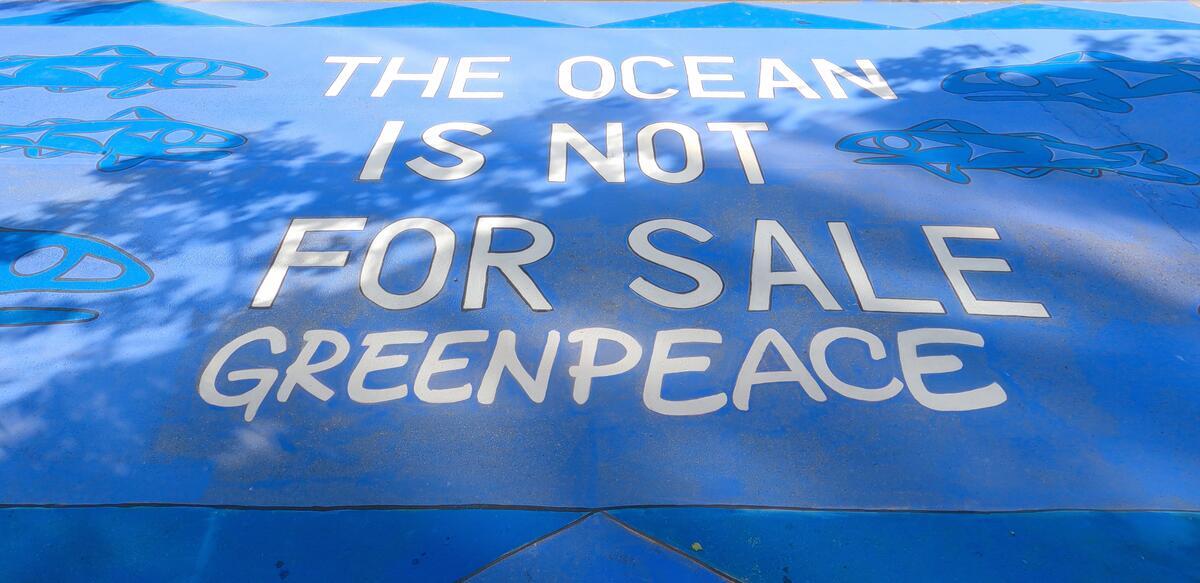
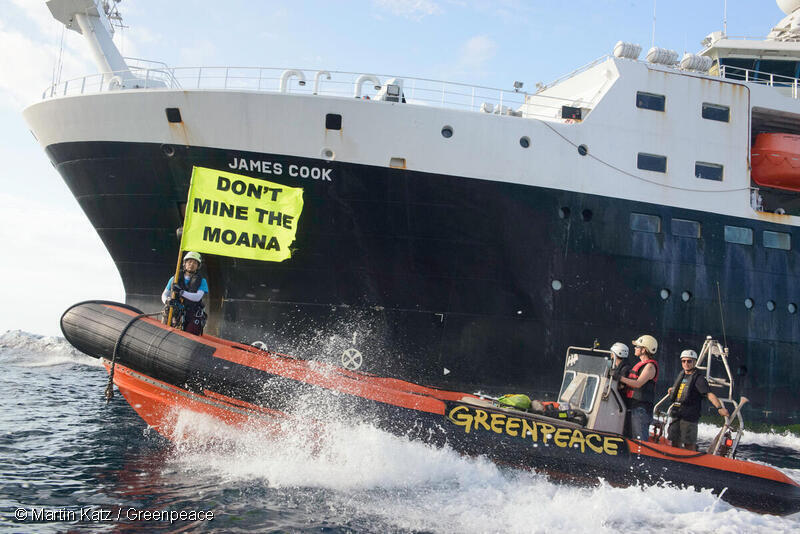
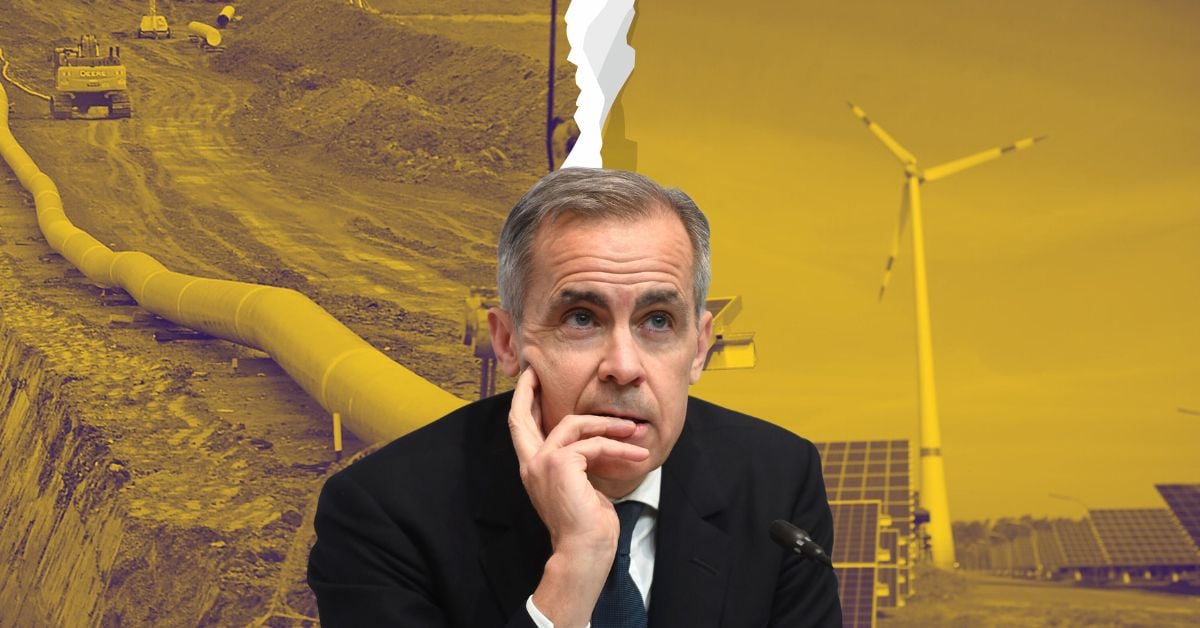
Discussion
The fun is there are no alternative to plastic but plenty alternative to single-use crap. Plastic can replace bricks, steel, a lot of cardboard box. We should use the chemical resistance of plastics as an advantage and not a liability.
Hi Pierre, Thank you for your comment! Most plastics come from fossil fuels, and as such, they pollute at every step of their lifecycle. Whenever there is a better, reusable, less polluting alternative, we should use it over plastic. Regarding single-use plastics, as you said, most of them already have a reusable alternative and should simply be banned. We must keep pushing for the government to implement strong measures to tackle plastic pollution: expand the list of banned single-use plastics and invest in reusable alternatives instead of recycling.